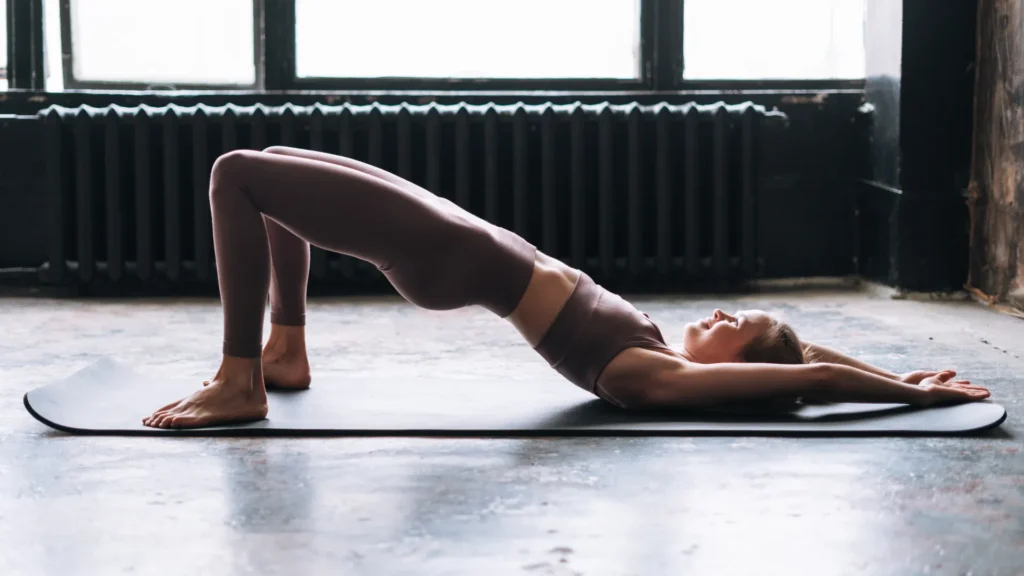Read time : 2 minutes

When most people think about breast cancer, they picture treatment options, screenings, and nutrition. But there’s another powerful ally in both prevention and recovery that often gets overlooked, physical activity.
Exercise isn’t just about fitness or weight loss. For women (and men) concerned about breast cancer, movement plays a unique role in supporting both prevention and overall health outcomes.
How Exercise Helps Lower Breast Cancer Risk
Research from the American Cancer Society shows that women who engage in regular physical activity have a 10–20% lower risk of developing breast cancer compared to those who are inactive. Exercise helps regulate hormones like estrogen and insulin, which can fuel the growth of some breast cancers. It also reduces inflammation and boosts immune function, two things the body relies on to fight disease.
Even moderate activities, like brisk walking for 30 minutes a day, can make a measurable difference. This is encouraging because it shows that lowering risk doesn’t require extreme workouts, but rather consistent, everyday movement.
Exercise During Breast Cancer Treatment
For women undergoing breast cancer treatment, fatigue, anxiety, and loss of strength are common challenges. Exercise has been proven to help in all these areas.
- Reduces fatigue: Studies published in the Journal of Clinical Oncology found that patients who exercised regularly during treatment reported significantly less fatigue.
- Supports mental health: Activities like yoga or walking have been linked to reduced anxiety and depression during chemotherapy or radiation.
- Improves physical strength: Gentle strength training helps rebuild muscle mass and energy levels, which can decline during treatment.
- In short, movement helps patients feel more in control of their bodies and their recovery.
Finding What Works for You

One of the biggest misconceptions is that exercise has to be intense to be effective. In reality, it’s about finding what’s safe, enjoyable, and sustainable. For some, this may be morning walks. For others, yoga, dancing, or cycling might feel more natural.
The key is to start small, listen to your body, and build up gradually. For those in treatment, it’s always best to work with your healthcare team to create a plan that fits your needs and energy levels.
Important Note:
Physical activity is more than a lifestyle choice, it’s a powerful tool in the fight against breast cancer. Whether it’s reducing risk, improving treatment tolerance, or enhancing quality of life, exercise offers benefits that medication alone cannot provide.
Every step, stretch, or breath of movement counts. And in the journey of prevention, treatment, and survivorship, staying active can truly help you feel stronger, healthier, and more empowered.
Meet Your Ai Personal Trainer
Download the App to Take your free Ai health assessment Today [Take Assessment]
Baah Sekyere Agyekum
Myhealthcop physical activity expert